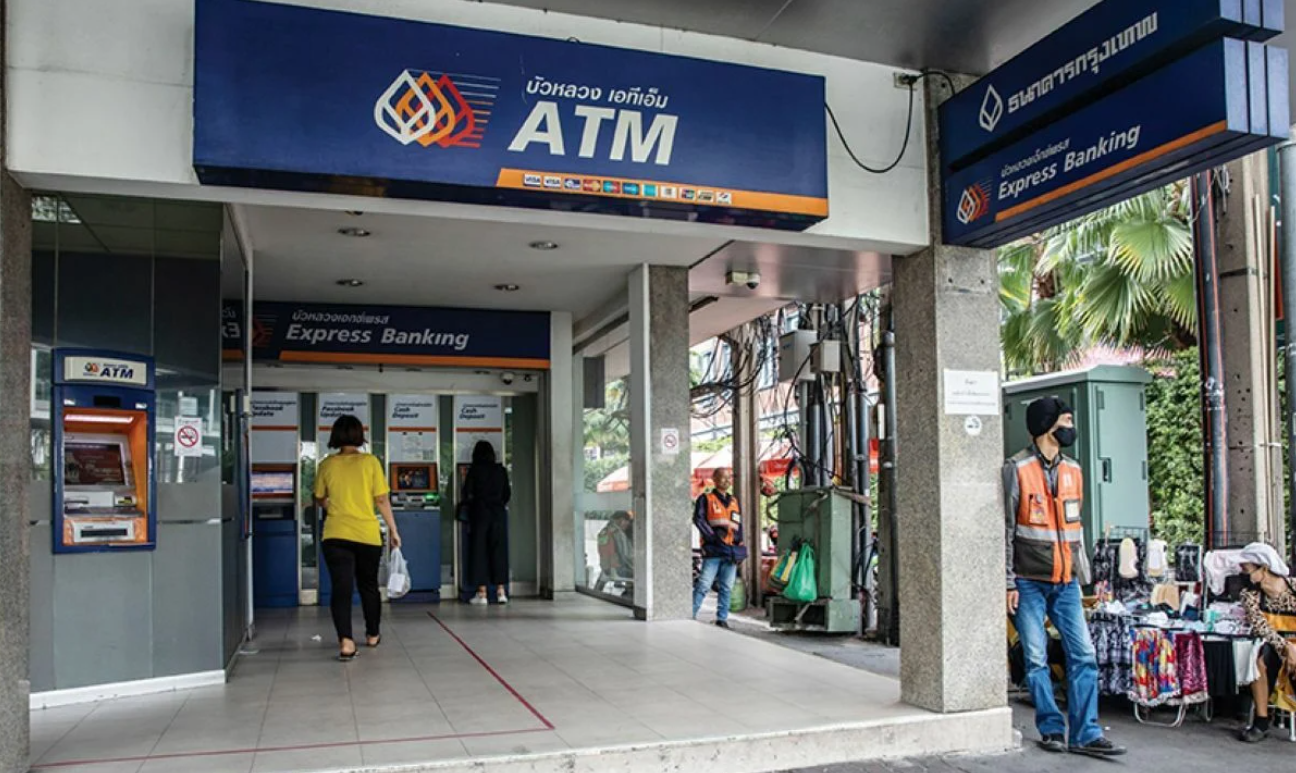Have you noticed banks in Bangkok suddenly offering better interest rates? That’s no accident—it’s a direct response to the Bank of Thailand’s recent policy rate hike. In late 2023, the central bank boosted its benchmark rate by 0.25 percentage points, pushing it up to 2.5%, the highest in a decade.
In plain terms, when the central bank raises rates, commercial banks follow. They’re doing this for two big reasons:
-
To cover rising costs on their end.
-
To stay competitive, especially in the digital space, by giving depositors better returns.
What’s Changing—and Who’s Leading the Charge?
Let’s break down who’s making moves:
-
Siam Commercial Bank (SCB) immediately raised its loan rates:
-
MRR (Minimum Retail Rate) → 7.30%
-
MLR → 7.05%
-
MOR → 7.575%
-
Digital savings interest? Up by 0.1–0.3% .
-
-
TMBThanachart Bank (TTB) followed suit:
-
Loan rates bumped by 0.25%.
-
Digital savings now up to 2.2% p.a..
-
-
Bangkok Bank (BBL), the nation’s largest lender, also hiked both loan and deposit rates:
-
MRR → 7.30%, MLR → 7.10%, MOR → 7.55%.
-
Deposit rates elevated: regular savings up to 0.55%, e-savings 0.65–1.5%.
-
Rate Changes at a Glance
| Bank | Loan Rate Bump | Digital Savings Rate | Why It Matters |
|---|---|---|---|
| SCB | MRR 7.30%, others similar | +0.1–0.3% on digital savings | Keeps costs covered and digital banking attractive |
| TTB | +0.25% on loan rates | Up to 2.2% | Strengthens their digital savings products |
| Bangkok Bank (BBL) | MRR 7.30%, MLR 7.10% | Max 1.5% e-savings | Makes them competitive across both loans and deposits |
What’s Driving the Digital Savings Push?
We’re living in a world where convenience is king—mobile apps, QR code payments, digital wallets—they’re all the rage. Banks are racing to meet that demand.
-
SCB is branding itself as a “digital bank with a human touch.” Raising yields on digital accounts is part of that game.
-
TTB’s 2.2% interest on digital savings makes them stand out in the digital banking crowd .
-
BBL got creative, offering up to 1.5% on e-savings—clearly aiming to lure savers toward their digital ecosystem.
It’s like turning up the heat in a race: whichever bank offers the tastiest rates wins the most digital-savvy depositors.
Will This Actually Work? Experts Weigh In
Pros:
-
Better returns make digital saving appealing.
-
Supports central bank goals like price control and stable growth.
Cons:
-
If competing banks also raise rates, the early advantage could fade.
-
Loan rates going up along with deposit rates might slow new borrowing.
It’s like a seesaw—banks want to pay more on deposits without scaring off borrowers.
What It Means for Everyday Savers
-
If you’re saving digitally: this is your moment. A standard 1–2% interest on e-savings is hard to ignore.
-
If you’re borrowing: expect loan costs to creep up by roughly 0.25% across the board.
This rate hike ripple isn’t just numbers—it’s a financial nudge steering your money habits.
Bigger Picture: What’s Next?
Thailand’s central bank isn’t done. Experts think this 2.5% policy rate is the final nudging level. For now, it seems poised to stay steady.
From here:
-
Banks will monitor savings flows.
-
We might see further tweaks—more digital incentives, or even targeted deposit products.
-
The key will be balance: maintain profitable lending while keeping savers hooked.
The Takeaway for You
-
Need a better place for cash? Now’s a great time to look at e-savings with 1–2% returns.
-
Borrowing? Budget for that extra quarter-point in monthly repayments.
-
Watching the market? Keep tabs on whether rate competition slows or accelerates—your next move depends on it.
It’s an active moment—don’t just watch the game, be part of it.
Conclusion
Bangkok’s big banks are reacting fast to the Bank of Thailand’s policy rate shift—both in raising loan costs and giving depositors more generous returns. By leaning into digital savings, they’re trying to ride the wave of mobile-first behavior. Whether it sticks depends on keeping the balance right—but for now, savers in Thailand have cause to smile.
